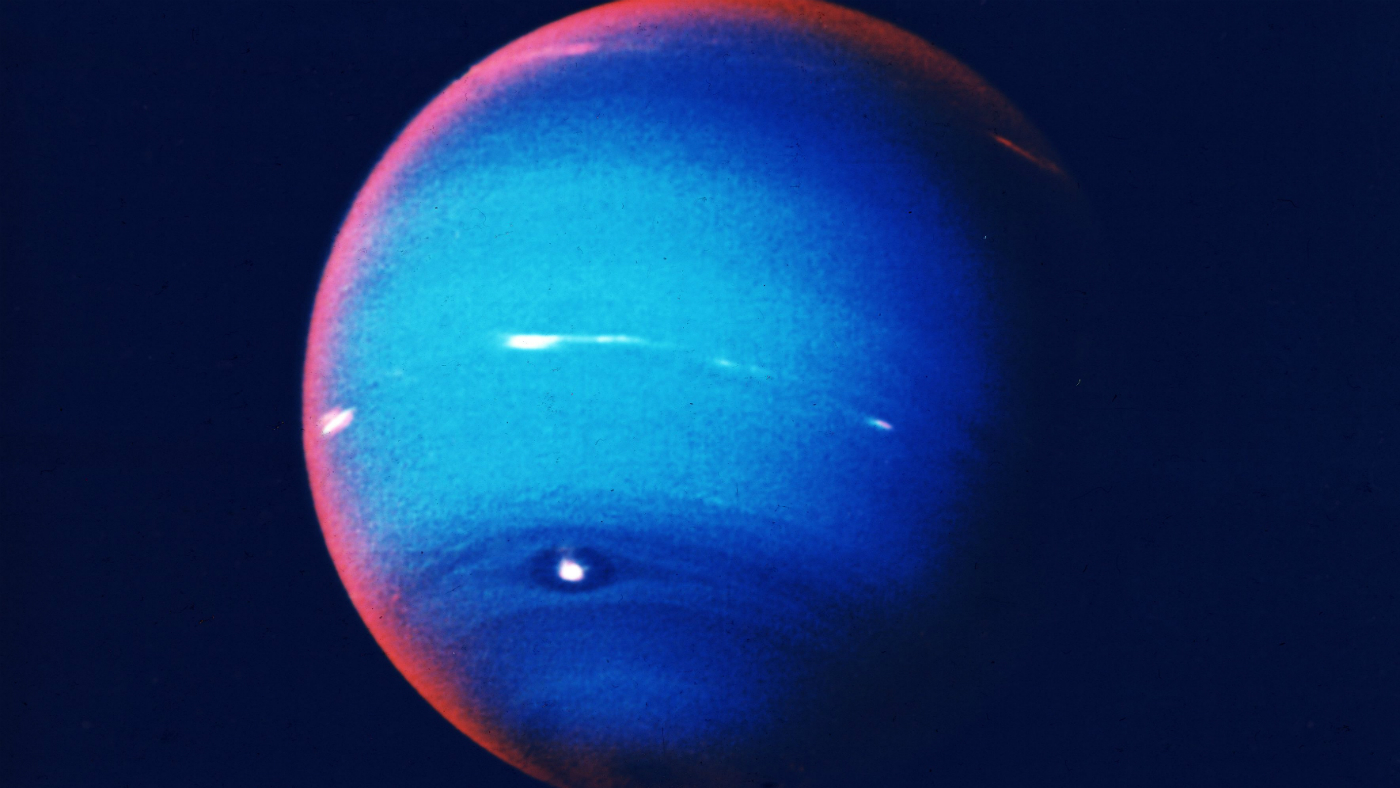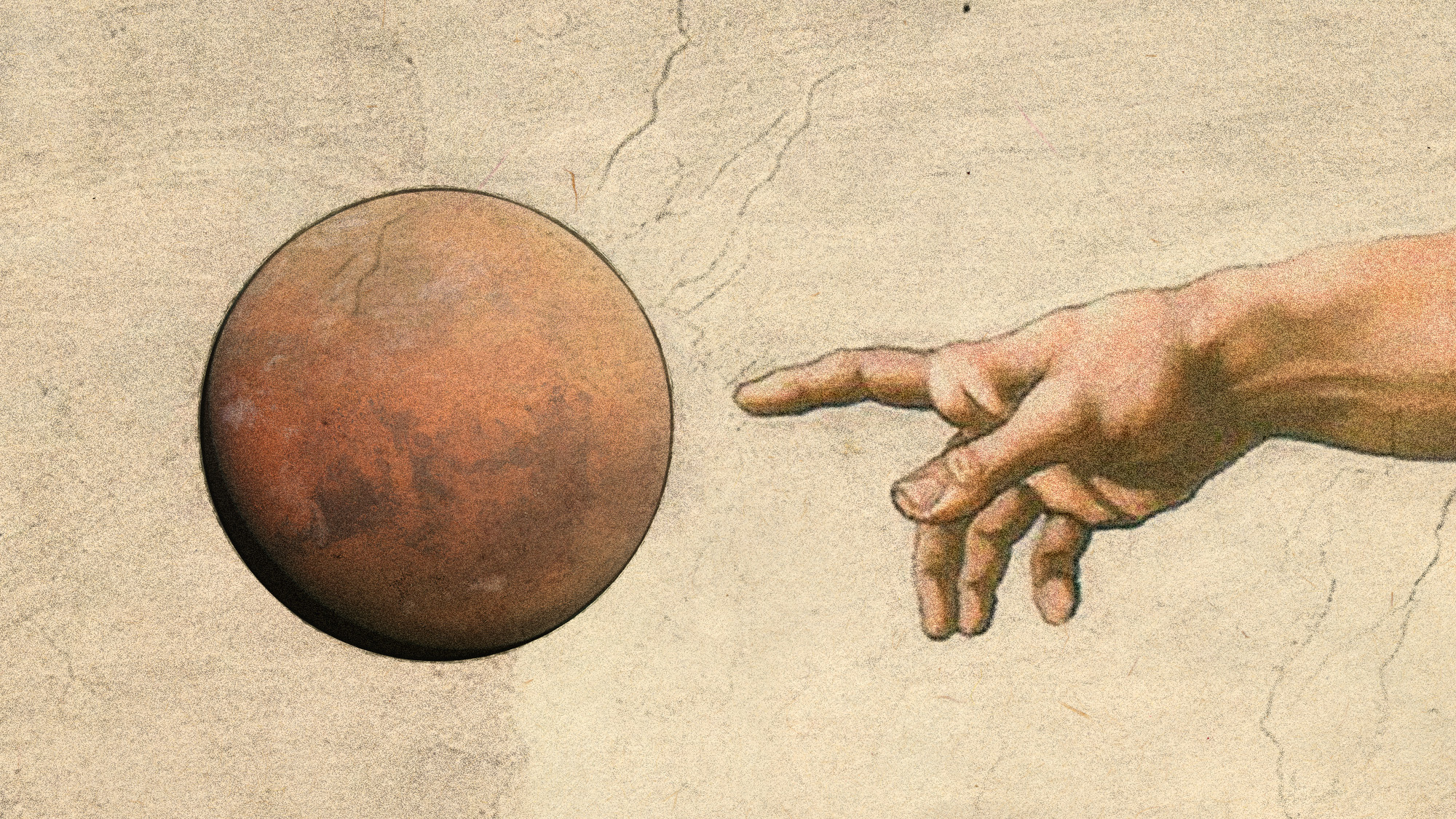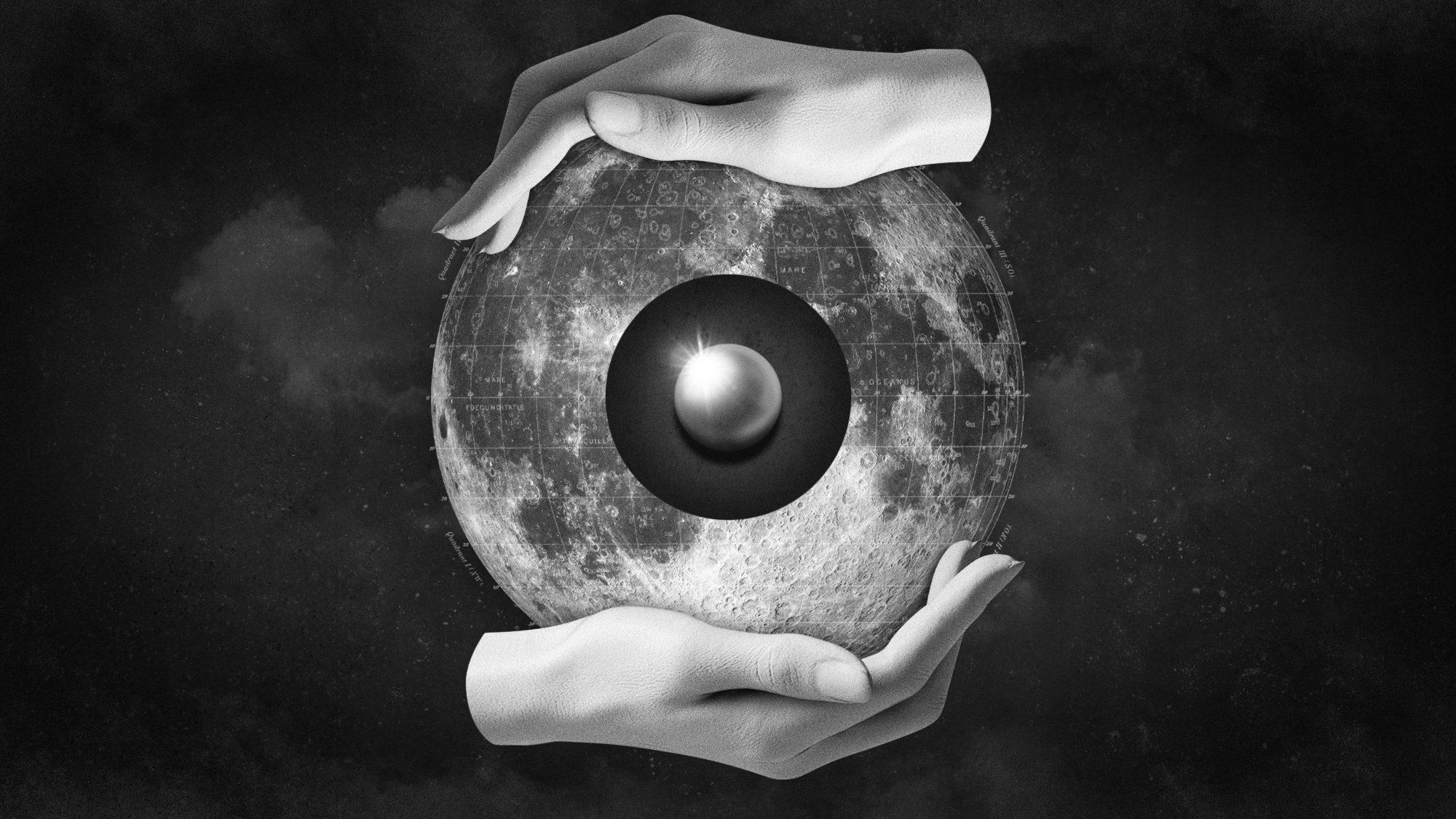New Neptune-like planet could be giant water world
Astronomers hail 'big breakthrough' that could help explain how our solar system was formed

A newly discovered planet enveloped in water could answer some of the mysteries of our solar system, say Nasa scientists.
HAT-P-26b, which sits 430 light years from Earth, is similar in size to Neptune, our solar system's fourth largest planet, but is primarily a rocky core covered in water.
However, rather than being a full ocean world, its 700C temperature means the liquid is vapour.
The Week
Escape your echo chamber. Get the facts behind the news, plus analysis from multiple perspectives.

Sign up for The Week's Free Newsletters
From our morning news briefing to a weekly Good News Newsletter, get the best of The Week delivered directly to your inbox.
From our morning news briefing to a weekly Good News Newsletter, get the best of The Week delivered directly to your inbox.
"It's going to be like Washington D.C. on a really horrible summer day," joked the LA Times.
The planet's "primitive, watery atmosphere" suggests it formed "either near its star, or relatively late in the time of its solar system", The Independent says.
Experts hope studying HAT-P-26b's peculiar features and learning how it came to be formed could help them crack how the solar system itself came into existence.
Hannah Wakeford, at Nasa's Goddard Space Flight Center, told New Scientist: "We really need to learn how other solar systems can form in order to put our own solar system in context.
A free daily email with the biggest news stories of the day – and the best features from TheWeek.com
"What we're trying to learn ultimately is how easy it is to form a solar system like our own."
Professor David Sing, from the University of Exeter, said the "exciting new discovery" felt like a "big breakthrough" in the quest to "learn more about how solar systems are formed and how it compares to our own".
More than 3,000 exoplanets have been discovered, but it can be challenging to learn about their atmospheres. Experts hope the James Webb space telescope, which launches next year, will get to the bottom of even more mysteries by analysing further planetary atmospheres.
-
 Political cartoons for December 21
Political cartoons for December 21Cartoons Sunday’s political cartoons include Christmas movies, AI sermons, and more
-
 A luxury walking tour in Western Australia
A luxury walking tour in Western AustraliaThe Week Recommends Walk through an ‘ancient forest’ and listen to the ‘gentle hushing’ of the upper canopy
-
 What Nick Fuentes and the Groypers want
What Nick Fuentes and the Groypers wantThe Explainer White supremacism has a new face in the US: a clean-cut 27-year-old with a vast social media following
-
 Blue Origin launches Mars probes in NASA debut
Blue Origin launches Mars probes in NASA debutSpeed Read The New Glenn rocket is carrying small twin spacecraft toward Mars as part of NASA’s Escapade mission
-
 ‘The Big Crunch’: why science is divided over the future of the universe
‘The Big Crunch’: why science is divided over the future of the universeThe Explainer New study upends the prevailing theory about dark matter and says it is weakening
-
 The moon is rusting
The moon is rustingUnder the radar The Earth is likely to blame
-
 Panspermia: the theory that life was sent to Earth by aliens
Panspermia: the theory that life was sent to Earth by aliensUnder The Radar New findings have resurfaced an old, controversial idea
-
 Africa could become the next frontier for space programs
Africa could become the next frontier for space programsThe Explainer China and the US are both working on space applications for Africa
-
 Hurricanes are not exclusive to Earth. They can happen in space.
Hurricanes are not exclusive to Earth. They can happen in space.Under the radar These storms may cause navigational problems
-
 Answers to how life on Earth began could be stuck on Mars
Answers to how life on Earth began could be stuck on MarsUnder the Radar Donald Trump plans to scrap Nasa's Mars Sample Return mission – stranding test tubes on the Red Planet and ceding potentially valuable information to China
-
 The treasure trove of platinum on the moon
The treasure trove of platinum on the moonUnder the radar This kind of bounty could lead to commercial exploitation